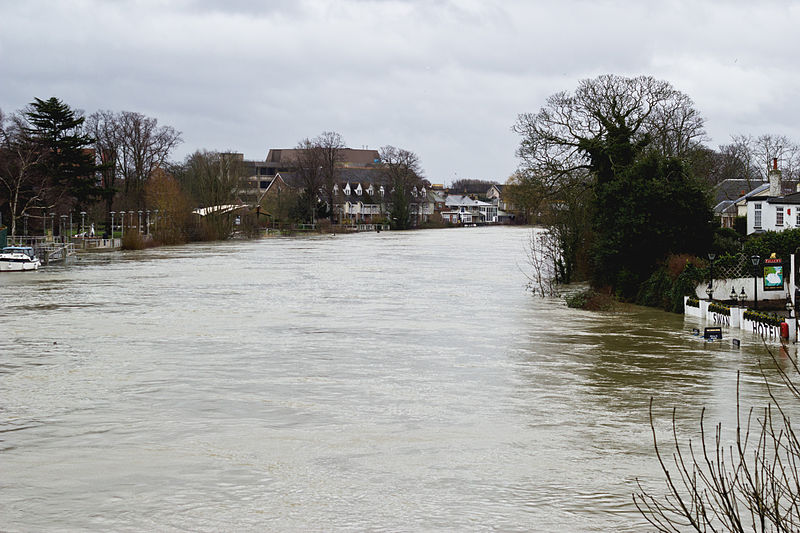Race and crime in Baltimore has been top of mind for its residents lately. With our homicide count at 33 for the year and crime escalating daily, there has been much discussion around our problems and what the community and the city are doing to fix them.
ChangeEngine’s own Hasdai Westbrook, has been inspired to put fingers to keyboard followed up by voice to microphone to weigh in on the topic. With To #SaveBmore, Embrace The Wire, Hasdai’s thesis (and one I tend to agree with) is that to make Baltimore whole, we must actively embrace ALL of its parts, from the shiny and new of Harbor East to the older and a bit grimey of Greenmount Avenue.
When I first moved to Baltimore, I asked for neighborhood recommendations from everyone I knew here. These were my (white, middle class) aunt and uncle, their friends or contacts (mostly white), and my grad school colleague (you guessed it, also white). They pointed me to the safe ‘I’: Canton, Fells Point, Federal Hill, Mt. Vernon, Charles Village, Hampden, Roland Park.
These places were ‘safe’; they were where people had faith that I could start a new life on the right foot. From their perspectives, other neighborhoods were dangerous areas where people like us just don’t go.
The problem with this is that, while I was raised as a Person Like Us, I look more like the dangerous ‘them.’ While Highlandtown, Hampden, Fells Point and Patterson Park may be seen as trendy and the places to be, these are the same neighborhoods some people don’t go into because there’s a legacy of white violence against black people. Dr. Tara Bynum related this history on the Mark Steiner show last week, also highlighting that we are guided by a small subset of people’s idea of safety. The reason race and crime have come to the fore is because a white woman wrote a piece on her fears of living in the city. So, why do we only discuss issues when white people no longer feel safe?
If you grew up poor and black in Baltimore, there are neighborhoods you may never have been in because they were outside your reference area. To top it off, going to a newly trendy, but historically racist neighborhood is neither enticing nor economically comfortable.
On the other hand, if your opinions are shaped by your lived experience being white, middle class and informed by mass media, it is easy to live in fear of the Wire-inspiring streets of East and West Baltimore.
So how do we mix the two cities? Bike Party each month strives to cross neighborhood boundaries and take folks where they may not usually go, but that’s from the comfort and safety of your bike seat. How do we forge meaningful relationships between neighborhoods?
Healing the city takes more than talking about it. It takes stepping out of your comfort zone and working with people different from yourself towards what we all want: a safe place to life, learn, raise a family and go about the everyday business of living.
So volunteer at a community garden, tutor a student, clean up a park, go to that restaurant across town that looks interesting, but you have never stopped in. It sounds cliché, but every little action adds up.


Bridges Between Baltimores http://t.co/BbGW8Un6Ch
Should #Baltimore care if #blackpeople don’t feel safe? How do we make it ok to leave the #neighborhood?http://t.co/DKVtOh7xzd @ChangEngine
wonderful, Amber! Shared
“So, why do we only discuss issues when white people no longer feel safe?” Marvelous post by @CommunityAmber. http://t.co/5OgTZa9JGR
Priya Bhayana liked this on Facebook.
Sarah Weissman liked this on Facebook.
Seth Wheeler liked this on Facebook.
Amber Collins liked this on Facebook.
Amber makes good points http://t.co/MxsSZtBgzj
Jordan Watts liked this on Facebook.
Devan’s Page liked this on Facebook.
Theresa Schultz liked this on Facebook.
@epsilonicus Last week’s @marcsteiner show and Dr. Bynum’s observation of how separate black and white Baltimore are http://t.co/maflnrq1uM
RT @CommunityAmber: @epsilonicus Last week’s @marcsteiner show and Dr. Bynum’s observation of how separate black and white Baltimore are ht…
Shanti Leavitt liked this on Facebook.
Krista D. Green liked this on Facebook.
Bridges are slowly being built. TedxBaltimore, and Baltimore Social Enterprise are good examples and the expansion of Baltimore’s community gardens seem to be offering good opportunities fo collaboration.